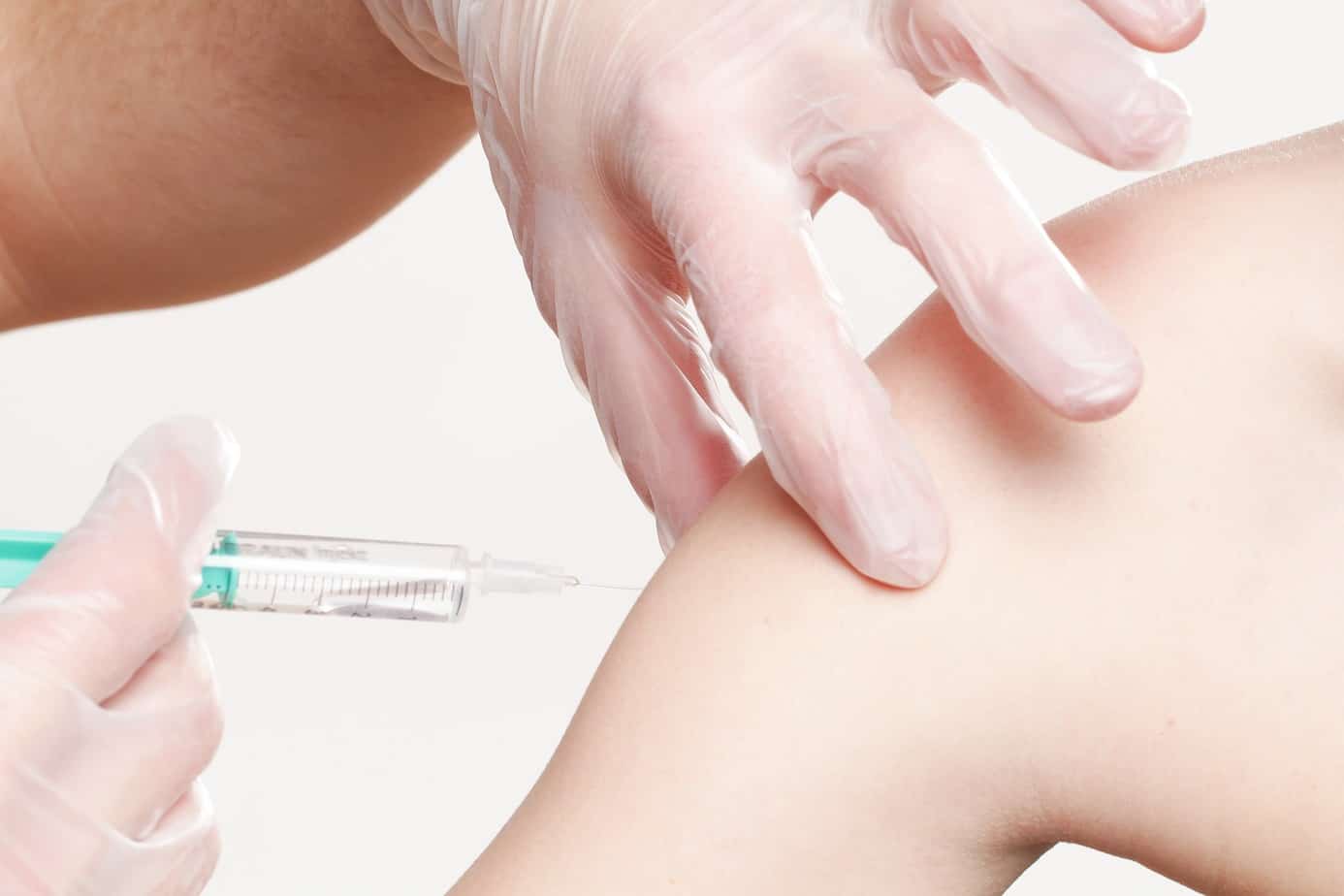Measles was declared eliminated in the United States in 2000, but scattered outbreaks have occurred in recent years. This year there have been five outbreaks — in New York, Texas and Washington for more than 120 cases.
The World Health Organization has ranked vaccine hesitancy — the growing resistance to widely available lifesaving vaccines — as one of the top 10 health threats in the world for 2019.
More cases of measles could soon emerge in Arizona, state officials said two days after the state confirmed its first case of 2019 in Pima County. Dr. Cara Christ, Arizona Department of Health Services director, said the agency is still probing whether the 1-year-old child who contracted the disease exposed others to measles. While Christ said she wasn’t “particularly concerned” that vaccinated people would get sick, given the vaccine’s 97-percent prevention rate, unvaccinated people who come in contact with measles have a 90 percent chance of infection.
In Yavapai County, according to ADHS’ Map of the Percentage of AZ Kindergarten Students Immunized against Measles, 2017-2018, the Cottonwood and Sedona area have a less than 80 percent vaccination rate. Chino Valley has an 80 to 84 percent vaccination rate; Prescott Valley, Black Canyon City, have an 85 to 89 percent vaccination rate and Prescott has a 90 to 94 percent rate. To establish community immunity, 95 to 100 percent is the target rate. Questions about the measles in Yavapai County can be directed to Stephen Everett, YCCHS Epidemiologist, at 442-5252.
Measles is extremely contagious. A person only has to be in the same room as someone infected — even if that person were to leave, the virus lingers for up to two hours. “Really, it’s the airborne exposure that we’re concerned with because all you have to do is be in the same room and breathe it in and you can become infected with measles,” Christ said.
According to the Mayo Clinic, people show no symptoms up to two weeks after being infected. The symptoms for measles begins with flu-like symptoms: Cough, runny nose and conjunctivitis. After two or three days of that, fever spikes to 104 or 105 degrees and the telltale red dots appear on the skin; first on the face, then spreading down the body.
The rash usually lasts for three to five days and then fades away. In uncomplicated cases, people who get measles start to recover as soon as the rash appears and go back to normal in about two to three weeks. But up to 40 percent of patients have complications from the virus.
Because this virus is so contagious, those who believe they may have symptoms are asked to call their physician before going to the hospital.
Persons who have had measles in the past have lifelong immunity. Since measles can be confused with other infections that cause fever and a rash, a person needs a special blood test to be sure they are immune.
The measles vaccine is extremely safe and effective. The measles-mumps-rubella, or MMR, vaccine causes no side effects in most children. Small numbers may get a mild fever, rash, soreness or swelling, the CDC said. Adults or teenagers may feel temporary soreness or stiffness at the injection site. Rarely, the vaccine might cause a high fever that could lead to a seizure, according to the CDC.
Children should receive two doses of the vaccine: The first when they are 12 to 15 months old, the second when they are between 4 and 6 years old. If infants who are between 6 and 11 months old are about to travel from the United States to another country, the CDC recommends they receive one dose of the vaccine beforehand. 94 percent of children in the United States get the recommended two-dose vaccine.
One dose of the vaccine is about 93 percent effective; two doses boost that number to 97 percent, the CDC said. “People who don’t get the vaccine are at very high risk for contracting measles. Almost everyone who has not had the MMR shot will get measles if they are exposed to the measles virus.”






















